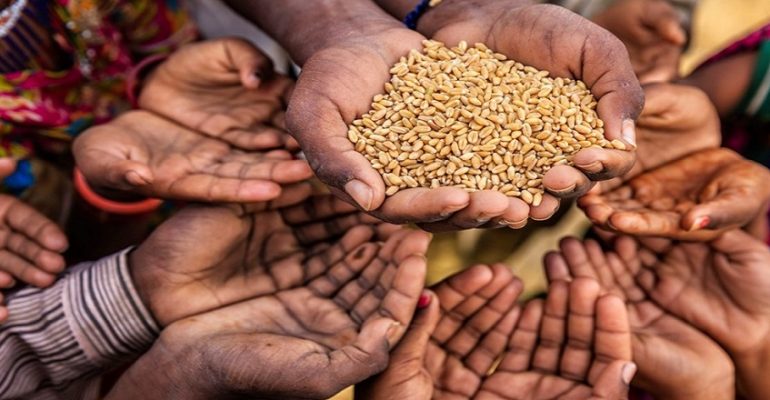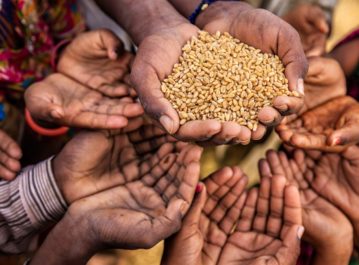Poverty and hunger are the primary causes of worry for India, according to the National Institute of Transforming India (NITI) Aayog’s report on the Sustainable Development Goals (SDGs) for 2019-20.
On the other hand, it is estimated that nearly one third of the food produced in the world for human consumption every year gets lost or wasted. 40 percent of the fruits and vegetables, and 30 percent of cereals that are produced are lost due to inefficient supply chain management and do not reach the consumer markets. While significant levels of food losses occur upstream, at harvest and during post-harvest handling, a lot of food is lost or wasted during the distribution and consumption stages. Some food is also wasted on the shelves and in the warehouses of food businesses either due to excess production, introduction of new products, labeling errors, or due to shorter remaining shelf life. Such food could be saved by timely withdrawing it from the distribution network, aggregating it and then redirecting it to the people in need.



